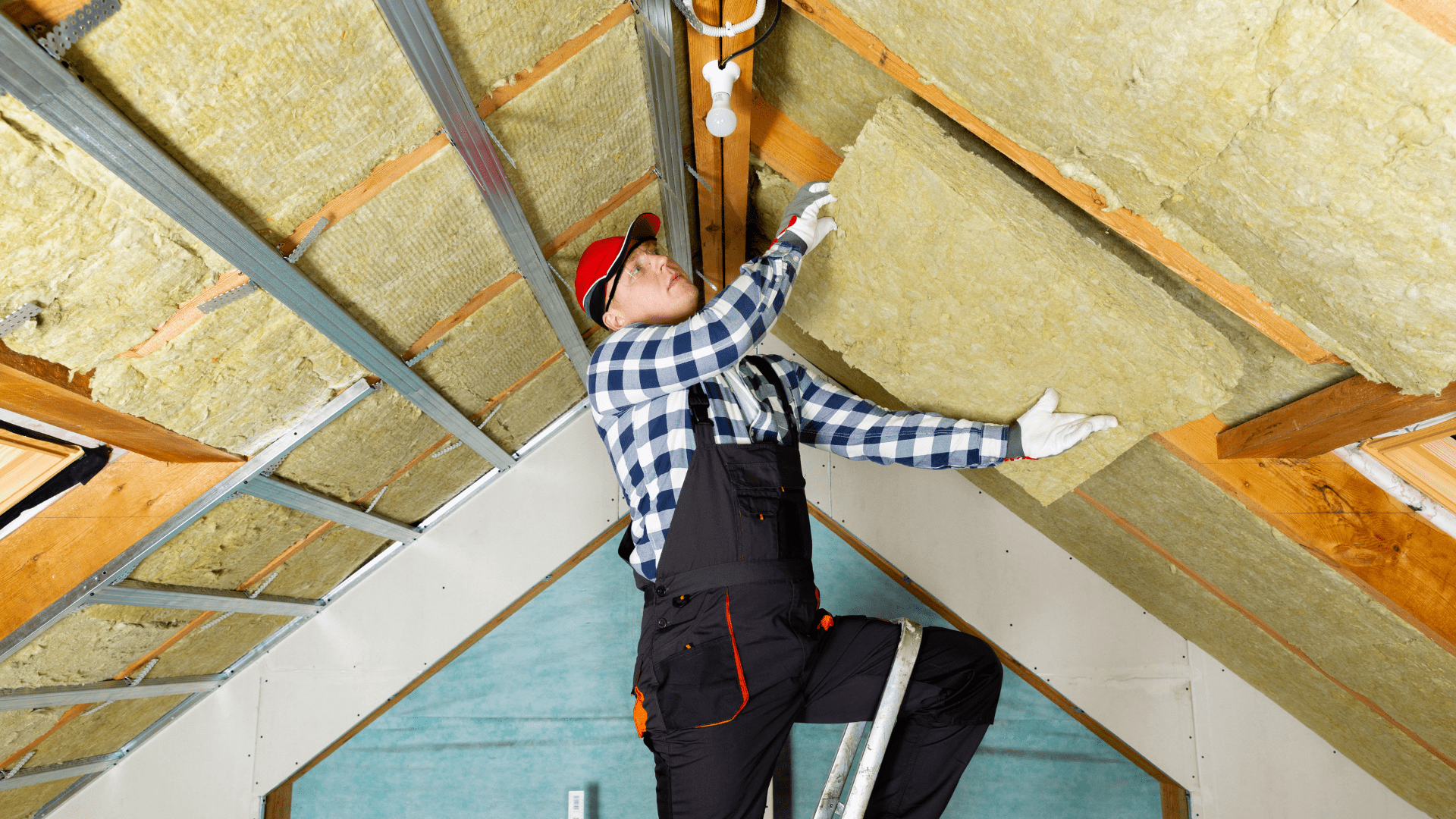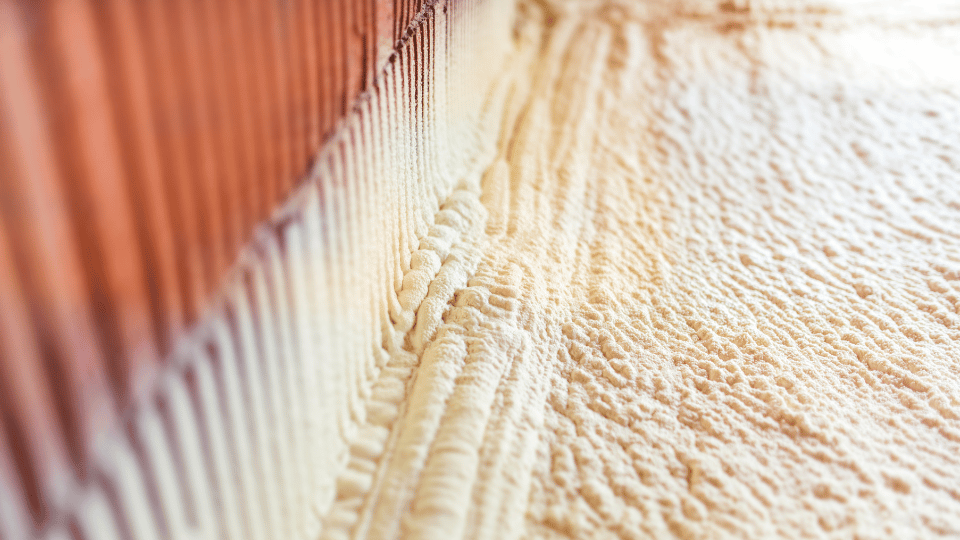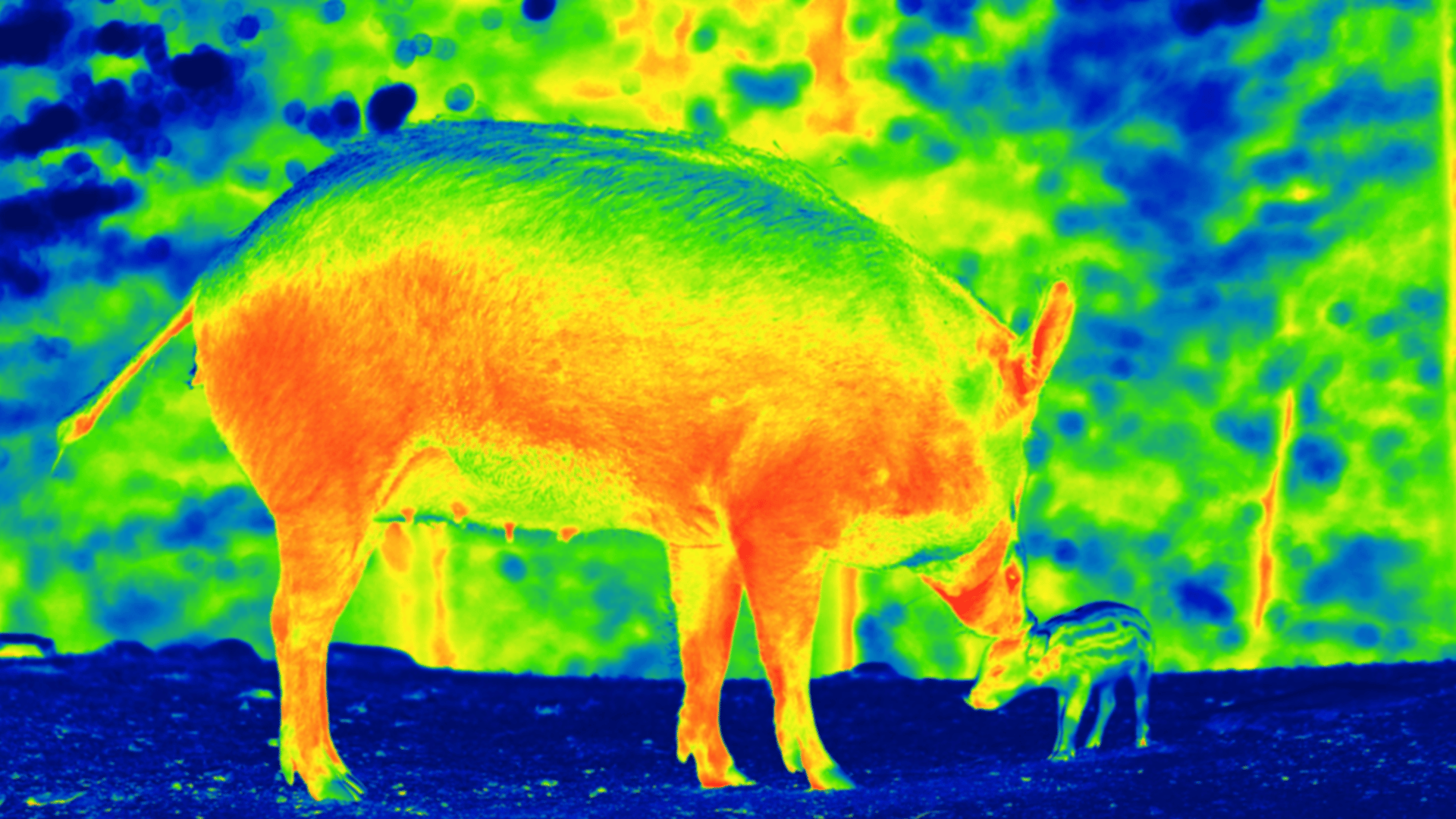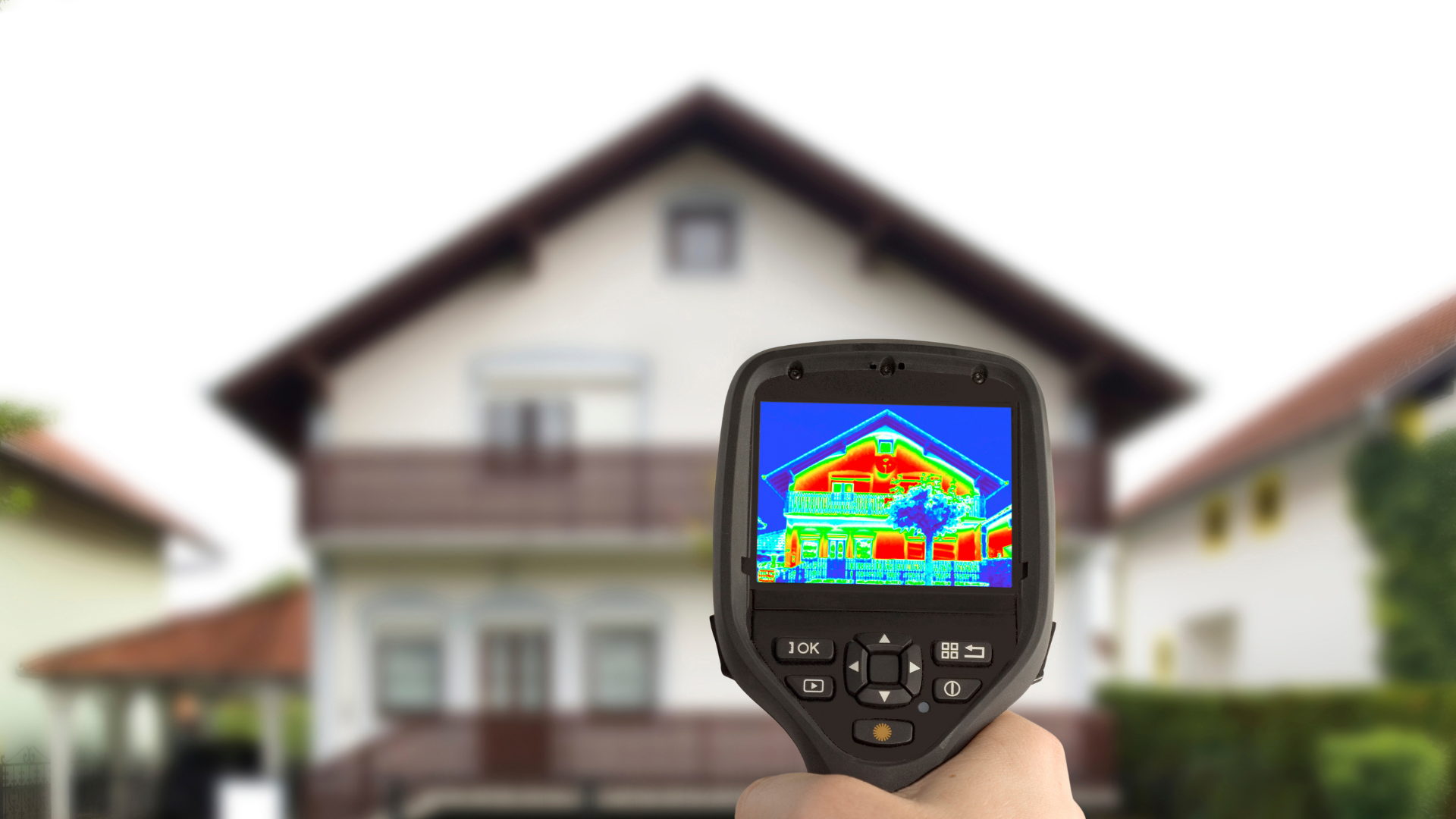What is Thermal Conductivity? A Comprehensive Exploration

An Introduction to Thermal Conductivity
Defining Thermal Conductivity
At the heart of several natural phenomena and engineering problems is a fundamental principle known as thermal conductivity. In essence, thermal conductivity is a measure of a material’s ability to conduct heat. From the warmth you feel on a sunlit window, the chill on a metal chair in winter, to the function of a car’s radiator, this property of materials significantly influences our world.
The Science
Unveiling the Physics of Heat Transfer
Thermal conductivity is typically denoted by the symbol ‘k’ and is a characteristic property of a material, depending largely on its atomic structure and temperature. It defines the rate at which heat energy transfers through a material due to a temperature gradient. In the context of physics and engineering, this transfer of heat is classified as conduction, one of the three primary types of heat transfer, the others being convection and radiation.
To visualize this, imagine a metal rod with one end immersed in hot water and the other in cold water. The heat from the hot water is transferred across the rod to the cold water. This heat transfer occurs at the molecular level, where energetic, high-temperature particles collide with less energetic, lower-temperature particles, transferring some of their energy in the process. The rate at which this transfer occurs is defined by the rod’s thermal conductivity.

Measuring Thermal
Gauging Heat Conductance
Thermal conductivity is measured in watts per meter per degree Kelvin (W/(m·K)) in the International System of Units (SI). It indicates how much heat (in watts) is conducted through a one-meter-thick material when the temperature difference between each side of the material is one degree Kelvin.
Materials with high conductivity, such as copper and silver, quickly transfer heat and are therefore referred to as good conductors. Conversely, materials with low thermal conductivity, such as rubber and wool, transfer heat more slowly and are considered insulators.
Real-World Applications of Thermal Conductivity
Thermal Conductivity in Practice
Thermal conductivity is a crucial parameter in many engineering, manufacturing, and design applications. For example, in building design, materials with low thermal conductivity (insulators) are used in walls, ceilings, and floors to minimize the transfer of heat between the inside and outside of a building.
In electronics, materials with high thermal conductivity, like copper, are used to draw heat away from sensitive components and prevent overheating. This principle is applied in the design of heat sinks and thermal paste in computer systems.
Delving Deeper into Thermal Conductivity
The Science of Heat Conduction
Thermal conductivity, denoted by the symbol ‘k’, is an intrinsic property of materials. It reflects how efficiently heat energy is transferred within a material due to a temperature difference. The higher the thermal conductivity, the more readily the material conducts heat.
In physics, the process of heat conduction is described by Fourier’s Law:
q = -k * A * (dT/dx)
where:
- ‘q’ is the heat flux (the rate of heat transfer per unit area, [W/m^2]),
- ‘k’ is the thermal conductivity ([W/(m·K)]),
- ‘A’ is the cross-sectional area through which heat is flowing ([m^2]),
- ‘dT/dx’ is the temperature gradient (change in temperature with distance, [K/m]).
The negative sign indicates that heat flows from regions of high temperature to regions of low temperature.
Application of Thermal Conductivity in Real-World Problems
Example Problem
Consider a wall of a house with a thickness of 0.2 meters, a surface area of 10 m^2, and a thermal conductivity of 1.5 W/(m·K). If the indoor temperature is 20°C and the outdoor temperature is 0°C, how much heat is lost per second through the wall?
Using Fourier’s Law, we can calculate:
q = -k * A * (dT/dx)
Substituting the given values:
dT = 20°C – 0°C = 20 K (note: a change in temperature of 1°C equals a change of 1 K) dx = 0.2 m
Therefore, q = -1.5 W/(m·K) * 10 m^2 * (20 K / 0.2 m) = -1500 W,
The negative sign indicates the heat is flowing from inside the house to the outside, as expected.

A Closer Look at Thermal Imaging
The Science Behind Thermal Imaging
Thermal imaging is a technique that uses thermographic cameras to detect radiation in the long-infrared range of the electromagnetic spectrum (9,000–14,000 nanometers or 9–14 µm) and produce images of that radiation. Since all objects emit some degree of thermal radiation, this technology allows one to see variations in temperature (hence the name).
Thermal Imaging and Temperature Calculations
Example Problem on Thermal Imaging
Imagine a thermal imaging camera is being used to examine a section of a building wall. The camera records a maximum temperature of 30°C and a minimum of 15°C over the area of interest.
A thermal image often displays temperature differences rather than absolute temperatures. It does this by assigning colors to different temperature values: the highest temperatures might be assigned white, the lowest black, and temperatures in between might be assigned various colors of the thermal spectrum.
In this scenario, if we assume a linear color scale and a pixel in the thermal image displays a color that is 75% of the way from black (minimum temperature) to white (maximum temperature), we can calculate the corresponding temperature:
T_pixel = T_min + 0.75*(T_max – T_min) T_pixel = 15°C + 0.75*(30°C – 15°C) = 26.25°C
This pixel, therefore, corresponds to a temperature of 26.25°C.
Thermal Conductivity and Thermal Imaging – A Mathematical Perspective
Interpreting the Numbers
The scientific and mathematical understanding of thermal conductivity and thermal imaging allows us to interpret and solve real-world problems related to heat transfer. Whether it’s calculating heat loss in a building or interpreting data from a thermal imaging camera, these principles guide our understanding and application of these vital concepts. By comprehending the math behind the science, we can make informed decisions, from designing energy-efficient buildings to using thermal imaging in various fields.
Harnessing Thermal in Construction and Infrastructure
Shaping Construction Practices
Thermal conductivity influences decisions on material choices and building designs in the construction industry. Its role is key in ensuring energy efficiency and enhancing living comfort.
Take building materials, for example. Construction professionals prefer materials with low thermal conductivity such as insulation foams, specific types of concrete and wood. These materials reduce heat transfer rates, contributing to the thermal comfort of occupants, lowering the need for active heating or cooling, and cutting down energy consumption and costs.
Imagine a house in a cold climate. Walls with high insulation (low thermal conductivity) keep the interior warm by slowing down heat loss to the outside. Conversely, in a hot climate, these walls help keep indoor temperatures cool by limiting heat from the outdoors.
Thermal Imaging: Enhancing Construction Efficiency
Thermal imaging has become a trusted non-invasive method in the construction industry for assessing the thermal performance of buildings and infrastructure. It can detect thermal bridges – areas where heat transfer is higher due to variations in material thermal conductivity or structural design.
By identifying air leaks and areas of insufficient or missing insulation, which can lead to increased energy use, thermal imaging empowers contractors to take immediate corrective action. This improves the building’s energy efficiency and can lead to significant long-term energy and cost savings.
For instance, during a building inspection, a thermal imaging camera might find unexpected hotspots on a roof. This could suggest missing insulation that allows heat to escape. Addressing such issues can greatly reduce energy costs, especially during colder months.
The Future of Thermal Imaging and Thermal Conductivity in Construction
Innovating Energy Efficiency with Thermal Imaging
As sustainability and energy efficiency become global priorities, the construction and infrastructure industries are turning more to thermal conductivity and thermal imaging.
In the future, the construction industry may use materials with optimized thermal conductivity even more frequently. This could reduce reliance on artificial heating and cooling systems and cut energy consumption. Simultaneously, advances in thermal imaging technology could enable more accurate and efficient detection and rectification of heat transfer issues.
Continuing to incorporate these principles, the construction industry can significantly contribute to energy conservation efforts, potentially reducing the carbon footprint of buildings and positively impacting our environment.
